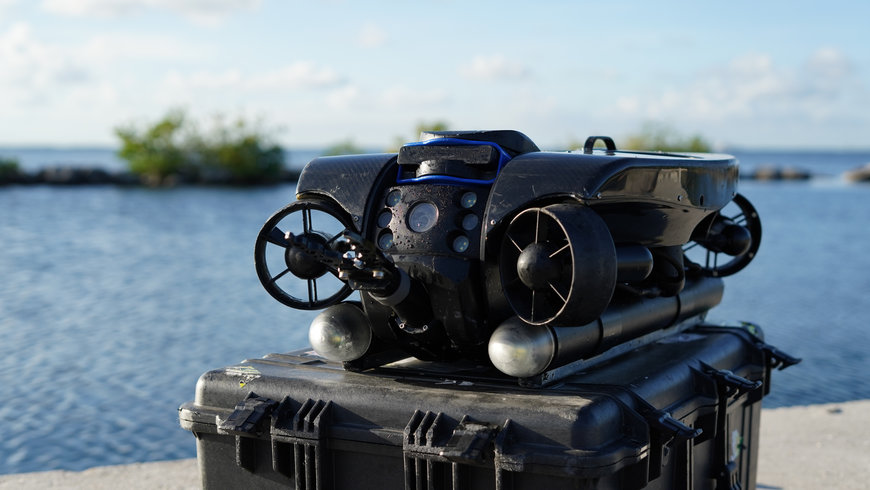GE Renewable Energy announces a breakthrough in hydropower turbine condition assessment
GE Renewable Energy today unveiled its new solution to perform underwater hydropower turbine inspection.

- GE Renewable Energy introduces a new underwater robotized hydropower turbine inspection solution able to inspect between the runner blades of a turbine, a first of its kind in the hydropower condition assessment field
- This hydropower assessment solution reduces cost, inspection risks and outage time by 95%
- GE Renewable Energy’s breakthrough inspection solution assesses the health of a hydropower turbine within a couple of hours with a level of quality similar to a dewatered visual inspection
- This new inspection solution will help customers to improve the flexibility and availability of their hydropower plants
Based on remote operated vehicles (ROV) equipped with sensors and cameras, GE’s Hydro Solutions’ underwater robotized turbine inspection solution can inspect hard-to-reach areas of any type of hydropower turbines without dewatering the equipment. Designed, developed and tested with GE Research Center, this solution is the next step in hydropower turbine condition assessment.
Pascal Radue, President and CEO of GE’s Hydro Solutions, said, “The hydropower industry is driven by the need for more flexibility and availability. Our customers are looking for new solutions to better manage their plants and respond efficiently to fluctuation in supply and demand. That's why we strive to keep our customers' asset downtime as low as possible. This robotic solution will help us to meet these expectations.”
This new condition assessment methodology allows on-demand and high-quality inspections with comparable results to dry visual inspection without having the services team enter into a turbine’s confined space. The customized design of the ROV is a first in the hydropower condition assessment field as this new solution is able to inspect between runner blades of a turbine within openings of less than 200 mm.
The same defects as conventional visual inspection can be detected: erosion, cavitation, corrosion, impact marks and presence of foreign bodies. Easy deployment, limited personnel requirement, and elimination of non-productive tasks and EHS risks all combine to reduce the overall inspection cost. Experts review the information in real-time to ensure proper inspection of all critical surfaces. Video images are also recorded for further analysis if needed.
Roberta Galli, Hydro Services Leader, said, “Advances in underwater ROV technology have been tremendous in the past few years. As its use is progressively spreading in the hydropower industry, we wanted to accelerate its deployment with our cutting-edge underwater condition assessment solution. Our large assessment portfolio enables us to inspect our customers’ hydropower equipment more quickly and more efficiently and provide faster services recommendations to better serve them.”
The validation process of this breakthrough solution was performed at five hydropower plants in Canada. Trash racks, intake gates, vertical and horizontal turbines and downstream gates were successfully inspected. Inserting a 360-degree camera between the blades of Francis runners allowed teams to visually inspect the distributor, runner and draft tube.
www.ge.com

